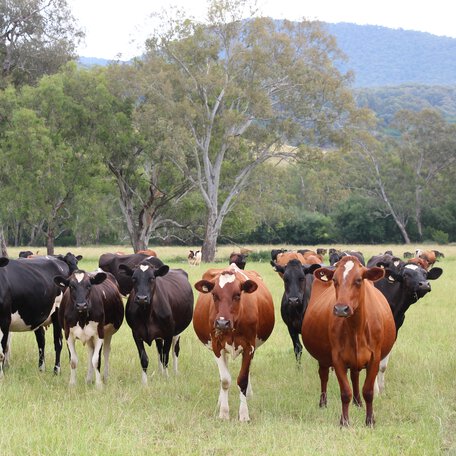Today, more and more farmers are interested in testing their heifers genomically, Christian Bengtsson, PhD student at The Swedish University of Agriculture (SLU) and one of VikingGenetics’ breeding specialist, has given answers to this trending question: Do genomic breeding values work in practice?
The study took place in 2019 and included three breeds: Red Dairy Cattle (RDC), Holstein, and Jersey. In his research, Bengtsson compared the abilities of virgin heifer genomic enhanced breeding values (GEBV) and parent average (PA) to predict future cow performance. (Parent average is also known as pedigree index).
Genomic breeding values are beneficial
“These findings are an important step to show farmers that genomic breeding values are beneficial for use on their herds for selection decisions,” Bengtsson says.
Bengtsson explains that the traits that were considered for the study are those that farmers consider the main ones on a daily basis in their work. The traits range from milk yield and fertility to conformation, to reflect how genetic values work in practice.
The PhD project required the analysis of 12 traits in first parity:
- Three milk production traits (milk yield, fat yield, and protein yield)
- Two udder health traits (Somatic Cell Score and occurrence of clinical mastitis)
- One fertility trait (interval, in days, from first to last service)
- Two conformation traits (udder, and feet and legs)
- One calving trait (calving ease)
- One survival trait (survival to second calving, survival 1–2)
- One claw health trait
- One general health trait
“The GEBV and PA used were based on the breeding values estimated closest in time to when the animal reached one year of age because the breeding values should not be affected by their own phenotype,” the researcher explains.
“Another argument is to reflect the breeding values at first insemination for virgin heifer. For example, at that age, the farmer can combine genomic selection with decisions about sexed and beef semen, as suggested in other studies,” Bengtsson says.

